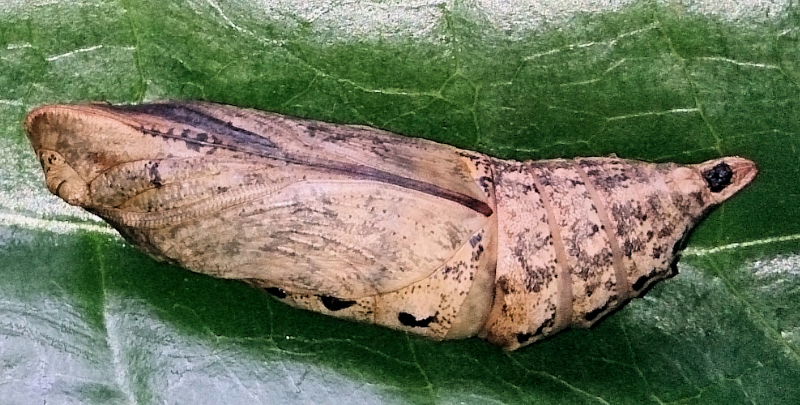
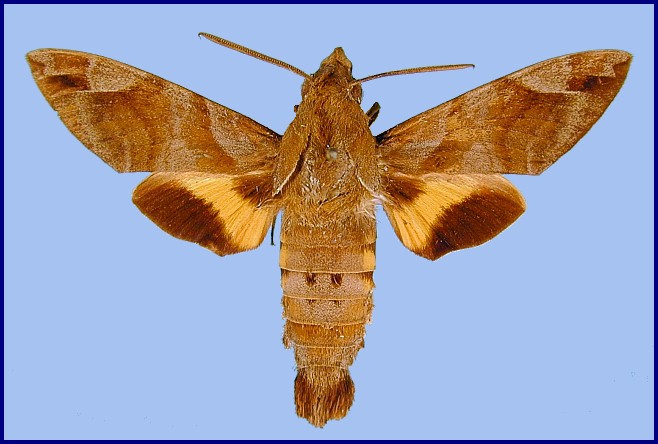
Macroglossa prometheus Boisduval, [1875], in: Boisduval & Guenée, Hist. nat. Insectes (Spec. gén. Lépid. Hétérocères) 1: 355. Type locality: [Indonesia:] Java.
Synonym. Macroglossum maculatum Moore, 1858.
Wingspan: 45--64mm. This subspecies is distinguished from all species with which it is sympatric by the presence of a prominent, subapical, costal, grey patch on the forewing, with a grey streak posteriorly on vein M1, and by the sharply defined distal border of the hindwing. Forewing upperside with lines not prominent, the spaces grey; a grey streak on vein M1 and the grey costal area anterior to it both prominent; a black apical chevron joined to the submarginal patch in cell Rs4, which is black distally and russet proximally; subapical patch in cell Rs3 russet. Both wing undersides brown in faded specimens (most), shaded with khaki, the yellow anal area contrasting sharply. Hindwing upperside yellow band very sharply defined, the costal margin not yellow. Mesothoracic tegula with a grey fringe in fresh specimens. Abdomen upperside with two dark dots at the bases of segments three and four; anal tuft dark, the tip often paler, wine red rather than yellow or brownish orange. (Note: Freshly-emerged specimens are predominantly grey, but this rapidly fades to shades of brown.)
In the male genitalia, uncus similar to that of Macroglossum glaucoptera, but rather more flattened apically and less truncate-sinuate. Valve with prominent stridulatory scales. Harpe with a very short triangular, tapering, free process, but longer than in Macroglossum prometheus prometheus. Phallus without teeth near the base of the process; process with a single basal tooth that points distad, and a number of teeth on and near the proximal edge, unlike Macroglossum prometheus prometheus.
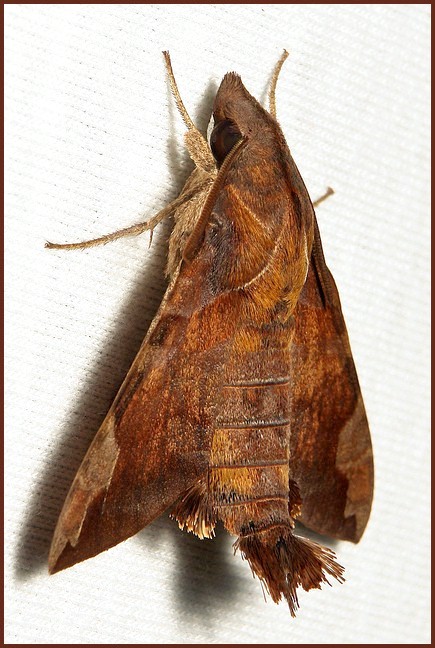
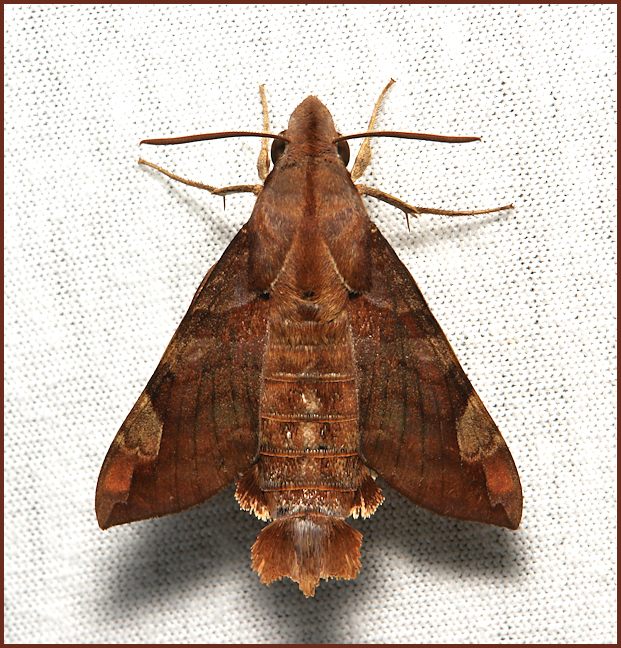
A nocturnal species which is attracted to light (John Horstman, pers. comm. 2014).
China: 1.ii.2014 (Yunnan); 16.viii.2012 (Yunnan).
OVUM:
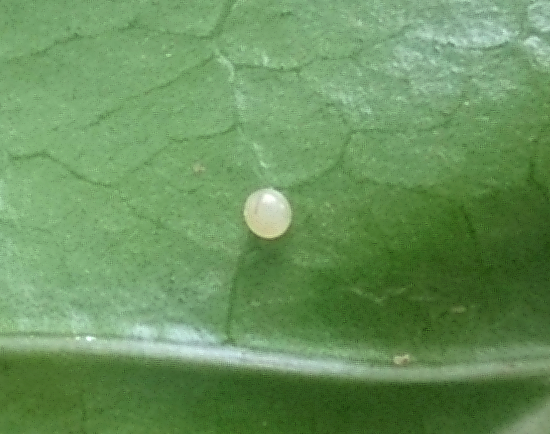
LARVA:
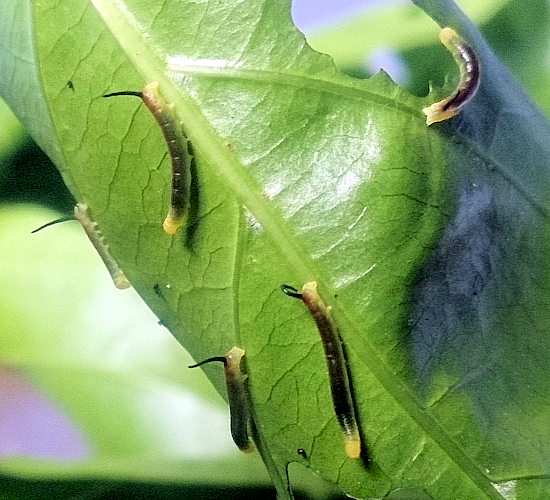
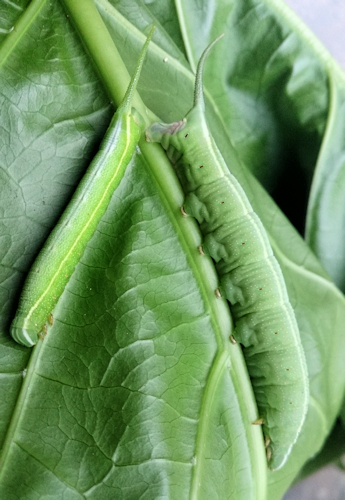
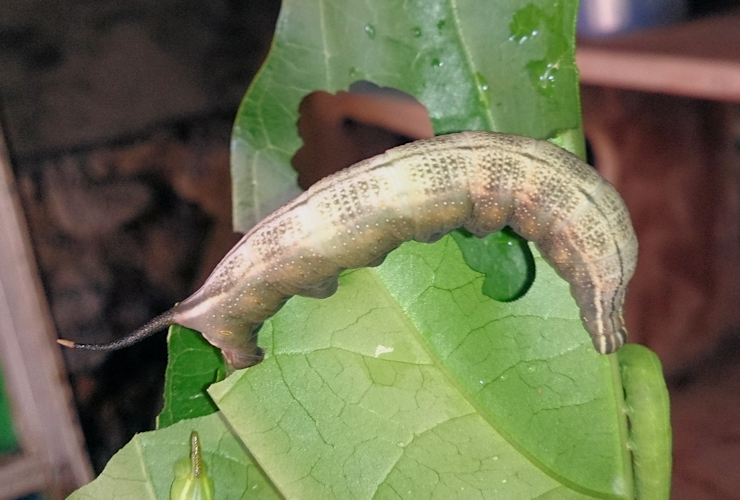
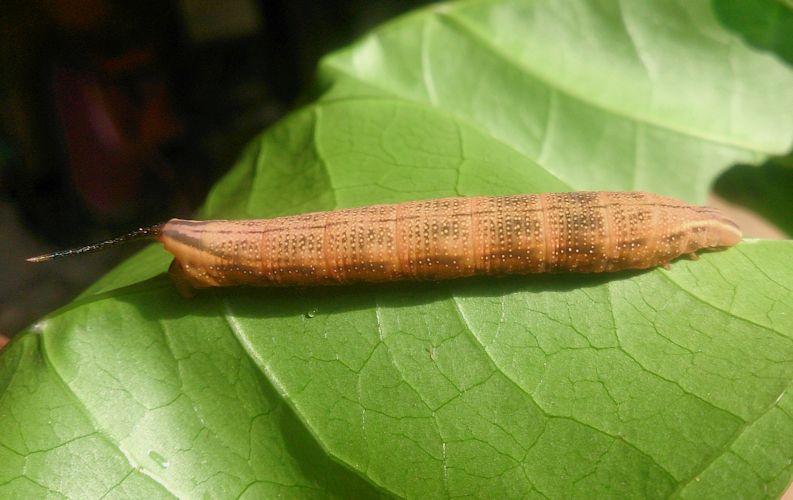
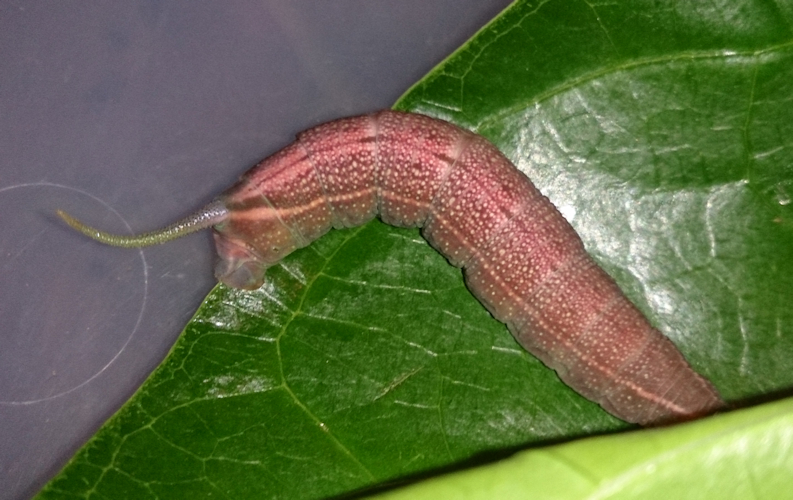
PUPA:
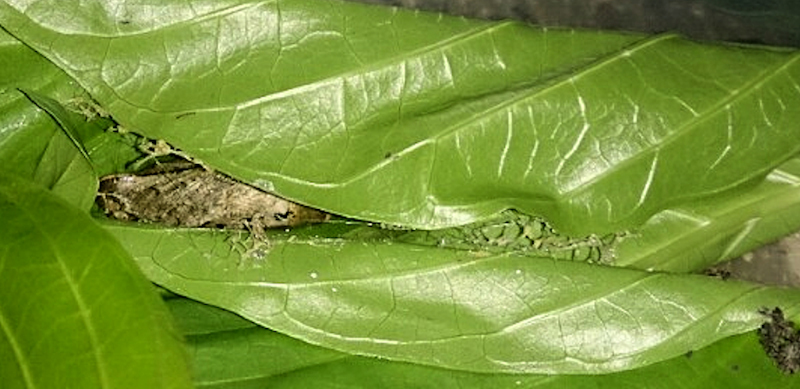

Larval hostplants. Morinda (Rubiaceae); Morinda citrifolia in Sulawesi, Indonesia (Aras Sandi, pers. comm. 2014) and Thailand (Kliangklao, Tigvattananont & Bumroongsook, 2015).
Unknown.
China: Yunnan (Simao/Pu'er). These are the first records for China (John Horstman, pers. comm. 2013 & 2014).
Sri Lanka and southern India. Then, after a large gap, southern China, Thailand, Malaysia (Peninsular, Sarawak, Sabah), Indonesia (Sumatra, Java, Kalimantan, Sulawesi) and the Philippines. [Macroglossum prometheus prometheus Lucas, 1891, occurs from the islands of eastern Indonesia through New Guinea to northern Australia.]
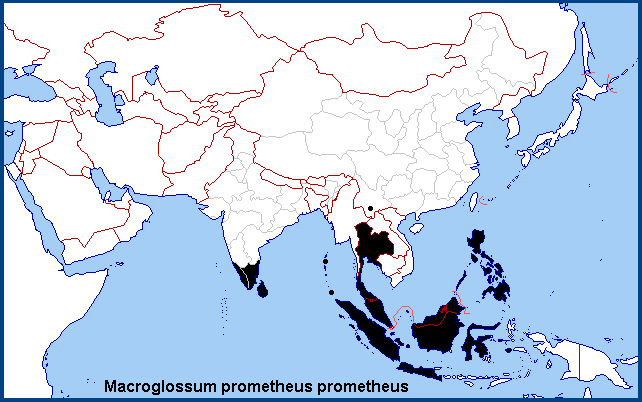
 Return to Sphingidae of the Eastern Palaearctic species list
Return to Sphingidae of the Eastern Palaearctic species list